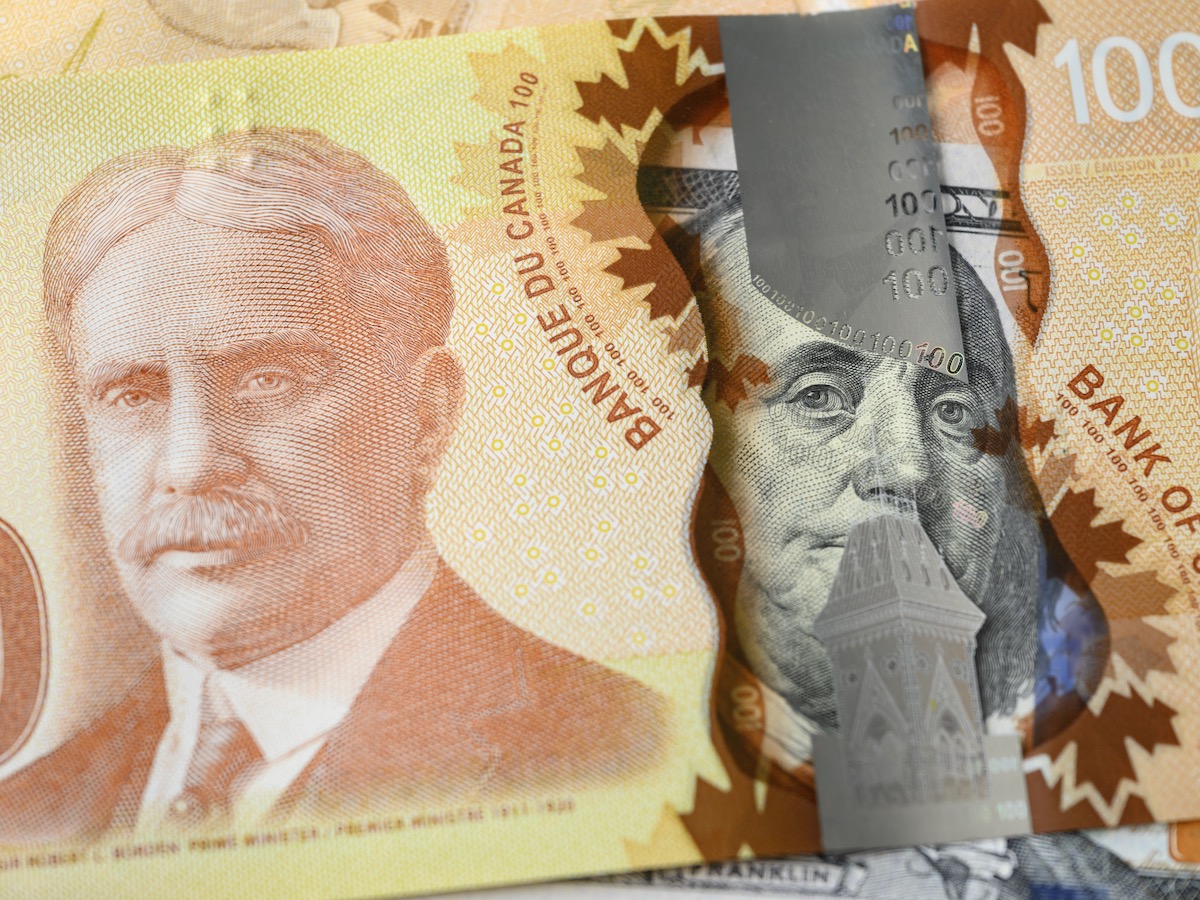There exists what I believe is a very common misconception that a weak currency is good for the economy. Statements by news media and politicians often parrot this theme because on a short-term basis, exports become cheaper for foreign buyers and imports more expensive for domestic purchasers, theoretically enhancing domestic production.
However, what’s missing in this thought process is the reason why the currency is weak in the first place: a lack of investing confidence in a country, and a weak underlying economy. Over the past decade, per capita business investment in Canada has declined by over 20 per cent while it has grown by approximately 30 per cent in the U.S. That is an extreme divergence of two traditionally linked economies.
Additionally, over a five-year period from 2019 to 2023, public-sector employment has grown 3.6 times faster than private-sector employment. Only two provinces experienced private-sector job growth greater than public sector: Alberta and Nova Scotia. British Columbia, arguably the most socialistic of the provinces, had a public sector job growth rate 44 times greater than private sector, according to the Fraser Institute. In other words, almost all jobs created in the province over a five-year period were government jobs. The dramatic growth in public-sector employment is a huge increase in economic overhead for the private sector (read: taxpayers) to carry.
Read Also

Gentle treatments for pain in the neck
Heading toward year-end, people unknowingly tense up against the cold and busyness, causing neck pain that can often be treated with appropriate support and gentle mobility, athletic therapist Kathlyn Hossack says.
The Canadian currency at time of writing is flirting with its lowest level in over 20 years. It has twice been at a similar low point, in March 2020 and January 2016. From 1998 to 2003 we experienced a weaker currency, but otherwise this is as low as it’s been in over 50 years. Those of you old enough and with a long enough memory will recall the excruciatingly weak commodity prices during that period, with oil in the $20-$25 range, corn in the $2-$2.50 range, and canola and soybeans in the $5-6 range. It wasn’t fun for commodity producers.
Canada’s TSX has had an exceptional year, with a 22.4 per cent gain to the end of November, but this still trails the U.S. S&P 500’s gain of 26.5 per cent. Over the past decade, the TSX has dramatically underperformed the S&P 500.
Given this backdrop, I took a deeper dive into currency, valuation and market performance over the past 20 years, through the cycle of weak, strong and back to weak.

The table shown here was compiled at the end of November 2024, listing the price/earnings (P/E) ratio and currency in November of each given year. As a quick reminder, P/E is how much you pay for a dollar of earnings. Currently in Canada the average price for a dollar of earnings is $19.70 and, in the U.S., it is $26.20. Thus the U.S. market is trading at a 33 per cent valuation premium to Canada. It currently costs Cdn$1.40 to buy US$1. Combining currency and valuation, it takes Cdn$36.68 to buy $1 of U.S. earnings, which is 1.86 times what it costs for a dollar of Canadian earnings.
Please note: while I prefer price-to-cash-flow metrics, P/E is the commonly reported metric for average market valuations. The table shows the comparative valuation and currency premiums in November of each year back to 1995.
For clarification, peak market valuations with a P/E of 24.7 occurred in January 2000 in the U.S., prior to being recently eclipsed, and in March 2000 in Canada with a P/E of 25.4. The strongest Canadian dollar per U.S. dollar was 94 cents in both October of 2007 and again in April of 2011. As these numbers didn’t occur in November, they don’t show on the chart.
It might be hard to envision that just 15 years ago, you could buy U.S. stocks trading at a discount to Canadian stocks, with a currency that was stronger than the U.S currency. It was during this five- to six-year period I focused my investments almost entirely in the U.S. The U.S. was the epicentre of the Great Financial Crisis and at the time Canada was considered a bastion of financial stability. That was clearly against-the-grain investing.
The peak combined U.S. premium was 1.95 in 1998 and an almost identical 1.94 in 2022. The combined U.S. premium is currently almost exactly twice the low of 0.94 that occurred in 2011 and 2012. After the 1998 U.S. premium peak, the TSX outperformed the S&P 500 in 10 out of the next 12 years. After the 2011 U.S. valuation and currency low (Canadian peak), the reverse occurred, with the U.S. outperforming in 10 out of 12 years. Is that a coincidence?
I will be formulating my 2025 predictions as year-end approaches, to be discussed in the first column written in January. What I can say at this time is I will be very hesitant converting Canadian dollars to U.S. dollars and investing in U.S stocks at this time. I will be much more likely to convert some U.S. gains into Canadian investments. I realize I have been calling for the Canadian market to slightly outperform the last couple of years, while also being bullish on U.S stocks. After putting the chart together, I believe that will be the right track. It’s just difficult to predict when a clear transition will occur. This will once again be against the current grain (sentiment).
















